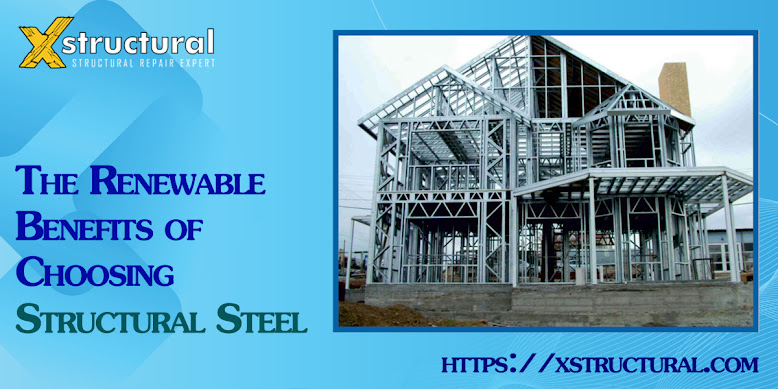A Step-by-Step Overview of the PVD Plating Process
The PVD plating process (Physical Vapor Deposition) is a cutting-edge surface finishing method widely used in industries ranging from aerospace to consumer electronics. Known for its exceptional durability, wear resistance, and aesthetic appeal, this process provides a superior coating for metal and plastic parts. In this detailed guide, we will break down the PVD plating process step-by-step, highlighting each stage and explaining its significance.
Step 1: Surface Preparation
The first and most critical step in the PVD plating process is thorough surface preparation. The quality of the final coating depends largely on how well the substrate is cleaned and prepared.
Cleaning and Degreasing
Before applying the coating, the surface must be meticulously cleaned to remove any dirt, grease, or contaminants. This step often involves:
Ultrasonic cleaning
Chemical degreasing
Mechanical abrasion
These methods ensure a pristine surface, allowing for a strong bond between the base material and the PVD coating.
Surface Polishing
If a high-gloss finish is desired, polishing is performed after cleaning. This enhances the appearance and smoothness of the substrate, ensuring a uniform final coat.
Step 2: Loading the Substrate into the Vacuum Chamber
Once the surface is properly prepared, the substrate is placed into a vacuum chamber. This specialized environment is critical for achieving high-quality PVD coatings.
Creating a Vacuum
The chamber is evacuated to remove air and moisture. A high vacuum ensures minimal contamination during the deposition process and allows for precise control over the coating materials.
Positioning the Substrate
The parts to be coated are carefully arranged on rotating racks or fixtures to ensure even coverage during the deposition phase.
Step 3: Vaporization of the Coating Material
The coating material, typically a metal such as titanium, zirconium, or chromium, is heated until it transforms into a vapor. Two common vaporization methods include:
Thermal Evaporation
In this method, the coating material is heated directly or indirectly until it evaporates.
Sputtering
An alternative to evaporation, sputtering uses ionized gas to eject atoms from the coating material, creating a vapor.
Step 4: Deposition onto the Substrate
The vaporized material travels through the vacuum chamber and deposits onto the substrate. The physical and chemical properties of this step are carefully controlled to achieve the desired coating characteristics.
Ionization and Plasma Enhancement
Plasma may be introduced to enhance the coating’s adhesion and density. This step is crucial for producing hard, wear-resistant coatings.
Reactive Gas Introduction
For certain coatings, reactive gases like nitrogen or oxygen are added. This allows for the formation of compounds such as titanium nitride (TiN) or zirconium oxide (ZrO2), providing additional hardness or color.
Step 5: Cooling and Unloading
Once the coating has been applied, the chamber is gradually returned to normal pressure. The substrate cools down before being removed.
Inspection and Quality Control
After cooling, the finished parts are inspected for coating uniformity, adhesion, and defects. Various testing methods, including hardness testing and microscopic analysis, ensure that the coating meets strict performance standards.
Why Choose Us – ercsurftech.com
When it comes to high-performance PVD plating processes, ercsurftech.com offers unmatched expertise and quality. Here are compelling reasons to choose our services:
Superior Surface Preparation Techniques – We use advanced cleaning and polishing methods for optimal coating adhesion.
State-of-the-Art Vacuum Technology – Our vacuum chambers are equipped with precise control systems for superior coating consistency.
Customized Coating Solutions – Tailored PVD coatings to meet your unique industry requirements.
Environmentally Friendly Process – We prioritize sustainable practices with minimal waste and hazardous emissions.
Proven Expertise – Our experienced team delivers exceptional results, backed by years of industry leadership.
Conclusion
The PVD plating process is an intricate yet highly effective technique for enhancing the performance and aesthetics of various materials. From meticulous surface preparation to precise vapor deposition, each step is carefully managed to produce durable, high-quality coatings. If you’re seeking expert PVD coating services, ercsurftech.com is your trusted partner for innovation, quality, and sustainability.
Contact us today to learn how our advanced PVD solutions can elevate your product performance!
Reference URL :- A Step-by-Step Overview of the PVD Plating Process



Comments
Post a Comment